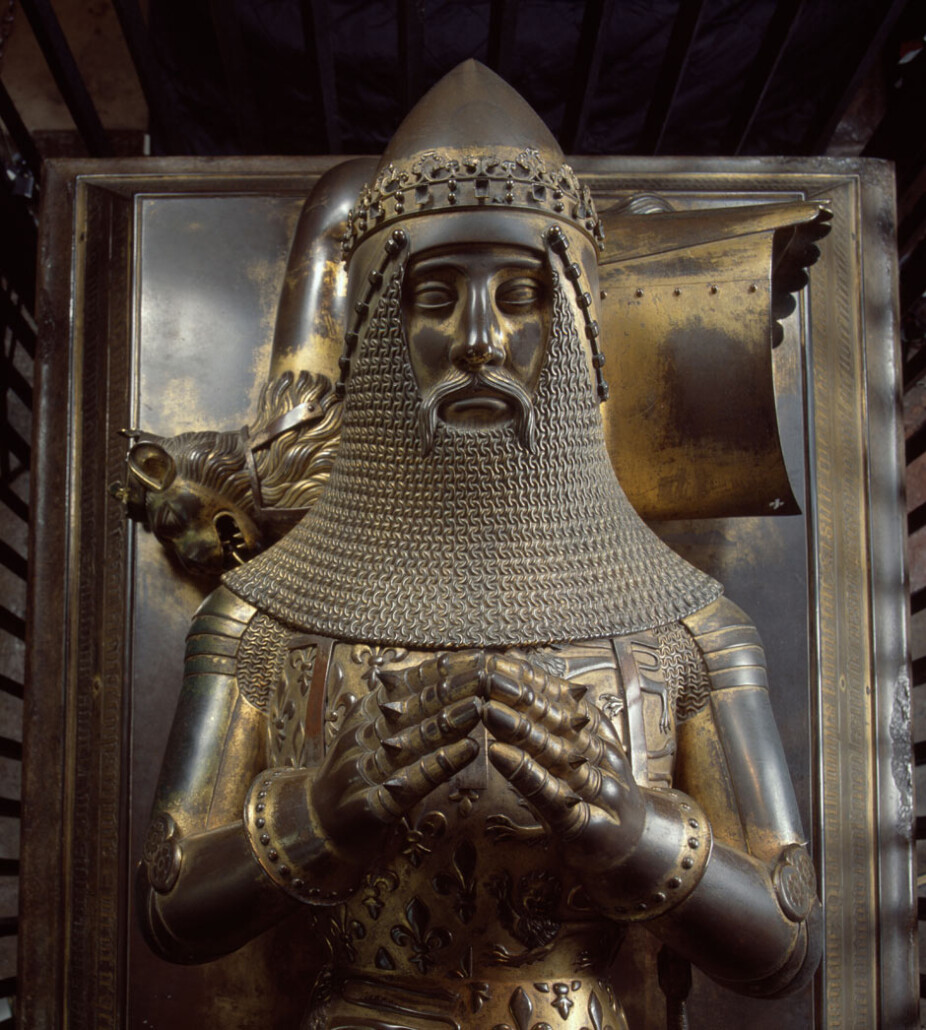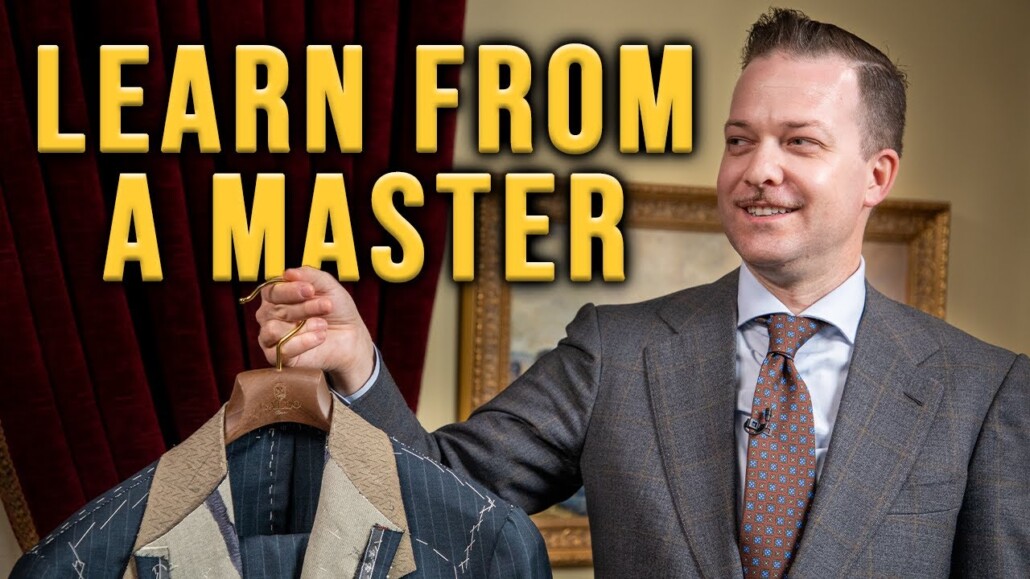Mustaches were the cornerstone of facial hairstyles during the Golden Age of Menswear. Plane though beards, sideburns, and other facial hair variations weren’t widely adopted, mustaches were fairly commonplace and were very popular with celebrities in particular. While some mustaches are popular today, we do not see old-fashioned mustaches, like pencil, walrus, and handlebar, unless you’re a frequent visitor to hipster coffee shops. So, why did they fall out of favor? And can you wear them today?
Defining A Mustache
A mustache consists of facial hair that grows from virtually the upper lip. It could be worn, otherwise clean-shaven, or with other facial hair. From stubble to voluptuous handlebars, there have been many variegated popular styles of mustaches with a history as colorful as the men who wore them.
History of Mustaches
According to some, the word mustache comes from the French word “moustache,” which in turn comes from the Italian word “mostaccio,” which ways musty or having a bad smell, though this isn’t the specimen anymore with modern grooming techniques. Another theory is that it’s derived from the Greek word “mastax,” meaning jaw, which is much increasingly pleasant.
The mustache has been virtually for eons, but it came into particular prominence during the Middle Ages in Western Europe. Knights and noblemen often showcase their grooming techniques through their mustaches.

Edward Prince of Wales plane had his effigy prominently full-length his mustache through his uniting mail. The style remoter became associated with the upper matriculation when King Charles I’s portrait went on display, featuring a prominent mustache.
Mustaches and sideburns became plane increasingly popular during the late 17th Century when Tsar Peter the Unconfined enforced the Villus Tax, and noblemen in Russia still wanted to showcase that they had time to spend on their grooming without the higher tax burden, and the rest of Europe followed this beardless trend until it became the norm.
Beard tax
A governmental policy that requires men to pay for the privilege of wearing a beard. The most well-documented villus tax was in place in Russia during the 18th century.
In the 1800s, the mustache peaked literally and figuratively, styled to lattermost proportions with equally impressive sideburns. But by the 19th Century, newspapers personal a correlation between germs and facial hair; thus, a clean-shaven squint became increasingly popular.
Mustaches lost plane increasingly prominence going into World War I, as the US military required a clean-shaven squatter to wear a gas mask. When soldiers returned from the war, the wipe shave squint became the norm, expressly in North America, but mustaches were sometimes typifying of European gentlemen. Think of the send-up of the Latin lover in old films. This moreover coincided with improved shaving methods, like the double-edged razor, which made a cleanly shaven squint plane increasingly user-friendly than ever.
How to Shave with a Safety Razor – Double-Edged Razor Shaving
Double Edge Safety Razor
Neatly trimmed handlebars and pencil mustaches were popular alternatives from the 1920s through the 50s, with Hollywood actors like William Powell and David Niven stuff specified by their mustachio looks, though youth culture sooner frowned upon the distinguished well-maintained facial hair look, opting instead for the increasingly shaggy sideburns of Elvis and Brando.
The mustache saw its last major push in the mainstream from the late 1960s to the mid-80s. With the counterculture in full swing, big and unvigilant hair was in malleate and popular with men like Michael Jordan, Tom Selleck, Freddy Mercury, Eddie Murphy, Lionel Richie, and Sam Elliott. However, mustaches have remained relatively unseen since the 90s, raising the question of why.
Why Mustaches Fell Out of Favor
1. Declining Popularity of Facial Hair In General
The popularity of facial hair comes in waves, with the clean, shaved squint rhadamanthine the norm for a half-century now. Many opt for the increasingly well-pressed and professional option, making mustaches increasingly worldwide in counter cultures instead.
While facial hair has made a comeback, mustaches haven’t necessarily, which ways that we have to consider other factors, such as the fact that shaving became easier during the 20th Century. A clean-shaven image was pushed by large shaving companies through ads, creating a whole new industry of unseemly blades and expensive cartridges, where men have to unremittingly buy shaving products to maintain a clean-shaven appearance.
Preston’s squint without shaving
2. They Were Simply a Trend that Fizzled
Mustaches used to be seen as somewhat of a status symbol partly considering they showed that a man could sire to groom himself regularly. In past centuries, only the wealthy could shave in front of a mirror at all times. Plus, it’s a lot increasingly time-consuming when using a straight razor, for obvious reasons. Now that everyone can own a mirror, it’s no longer a flex to have a well-groomed mustache, from a socioeconomic standpoint, at least.
The last time mustaches were massively popular were the 1960s and the 1970s, when hippies, beatniks, and waterfront bums rocked the stache. These looks were trendy and looked extremely dated and uncool to a lot of people today. These mustaches can come wideness as increasingly of a fad than an very self-expression.
Mustaches as a status symbol
3. Negative Cultural Associations
The historical stereotypes can moreover be a downside. Somebody may think that you squint like a stuffy 19th-century nobleman or an versifier like Salvador Dali. The mucosa industry has been using mustaches to pinpoint notation for scrutinizingly a century now. Charlie Chaplin used a mustache to help create the Tramp persona that he’s weightier known for, and mustaches are often used to depict stray characters. There’s a reason why villains twirl their mustaches.
Looking Good Doing Bad: Best-Dressed Movie & TV Villains
Unfortunately, mustaches have been used by some of history’s most inclement dictators, with Hitler and Stalin stuff the most infamous, possibly considering they desired to convey a increasingly masculine or supervisory image. Without all, mustaches are associated with father figures.
On a lighter note, many waddle stars and celebrities are recognized by their mustaches. So, somebody might snivel you of trying to squint like Freddie Mercury or Tom Selleck. Mustaches in a trendy setting are moreover sometimes associated with creepy men and can scare men yonder from trying a mustache.
Finally, mustaches are moreover a style of facial hair often associated with homosexuals, as unvigilant mustaches were often virtually gay bars and nightclubs during the 1960s and 70s and plane today. As we said many times before, though, classic style is for everyone, and none of these associations should scare you yonder from trying the mustache.
4. Mustaches Can be a Unvigilant Style
Facial hairstyles like stubble and light beards are not as prominently featured on the face. However, plane a tame and well-groomed mustache is very noticeable. This makes a mustache increasingly of a weft style of facial hair and not a unconfined nomination for someone who likes to tousle in with a crowd. Plane if they’ve been hiding under our noses this whole time, it requires conviction in order to handle the sustentation that a mustache might bring. However, finding the right mustache will make you naturally confident. You may also read this: 7 Reasons I’d Never Buy a Rolex (and 1 That I Might) – Watch Buying Advice for Gentlemen
5. Difficult Maintenance
Like all facial hair, mustaches can be difficult to maintain and alimony neat and often require special grooming tools. We at the Gentleman’s Gazette have several videos on how to maintain your facial hair.
A mustache can interfere with activities like eating and drinking, and some romantic partners might not be the biggest fans of the scratchy feeling. Plus, many men who want to try facial hair often opt to grow a full beard, but with the right superintendency and know-how, you’ll be worldly-wise to maintain a trappy mustache.
Shaving & Men’s Grooming
6. Styling Confusion
Mustaches can be styled in a variety of variegated styles, just like other hair. However, many people believe that mustaches only exist in two ways: the dandified thin squint or the uneaten manly thick look. These are the two most lattermost mustache styles, but most mustaches are somewhere in the middle.
Making Mustaches Work with Classic Style
It is important to note that you can wear your facial hair however you want. Vintage styles were popular, and they might fit in with your own personal style, but our suggestions are for a mustache in the middle of the road to be as timeless as possible.

A neat and trim visitation is going to be the most timeless style. With a increasingly refined aesthetic, you could try a pencil or handlebar mustache. Eric Jensen, owner of Sartoria Gallo, is a good example. Alimony everything closely shaved, not overgrown or structured. And then you’ll have an inoffensive take on the mustache.
Plus, pairing it with the goatee or stubble will help it tousle into your squatter without stuff the part-way of attention. The increasingly you grow out and flourish your mustache, the increasingly sustentation you will get.
If you have increasingly of a rugged style, you could try something like the walrus or the rummage mustache. They will have a little increasingly volume, but they are considered very masculine. The increasingly you grow the mustache past the lips, the increasingly unvigilant and divisive it will be. So, finding wastefulness is key.
Conclusion
In conclusion, as mustaches have risen and fallen in the past centuries, few styles of facial hair have so much weft to them, and mustaches are a unconfined way to stand out from the crowd.
